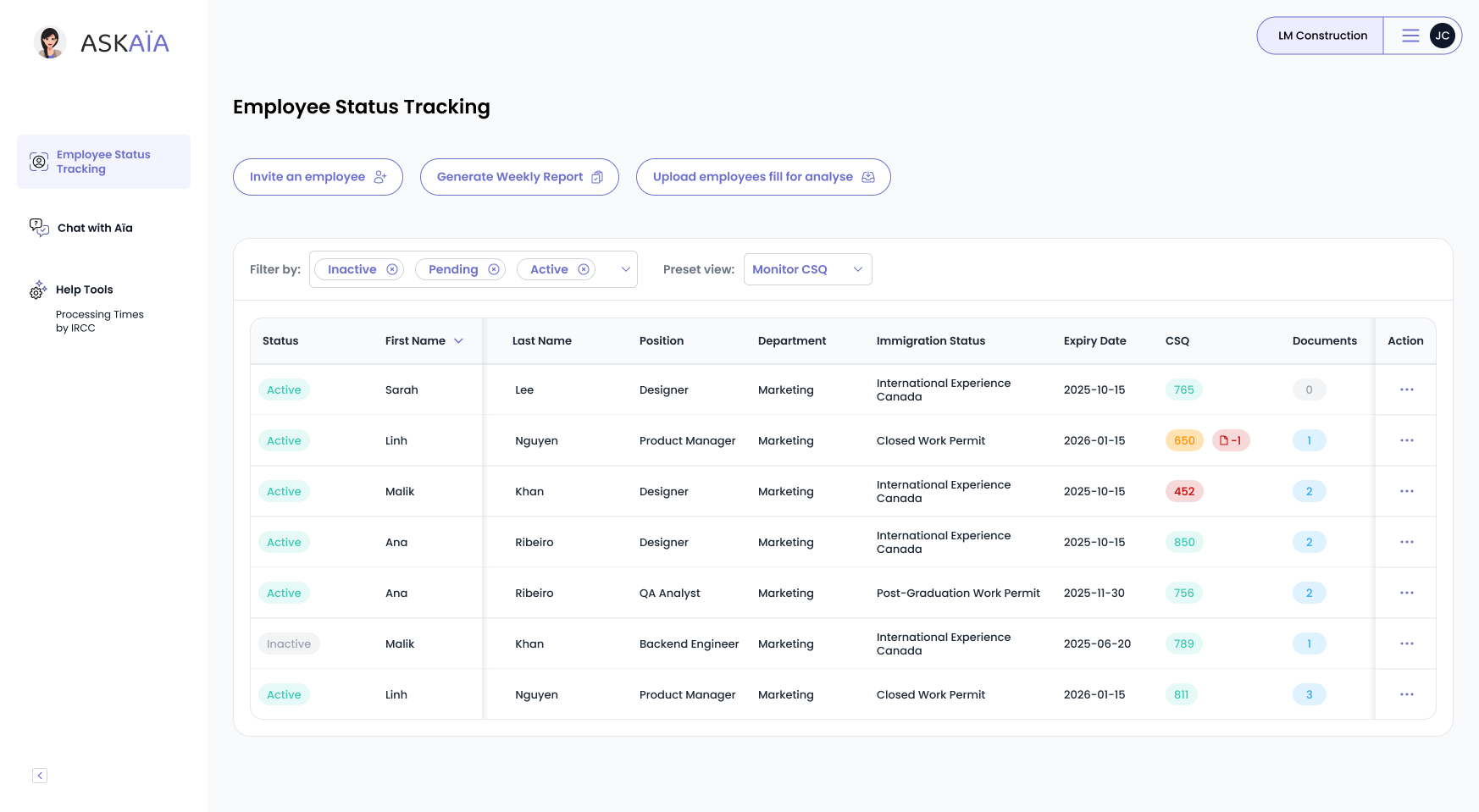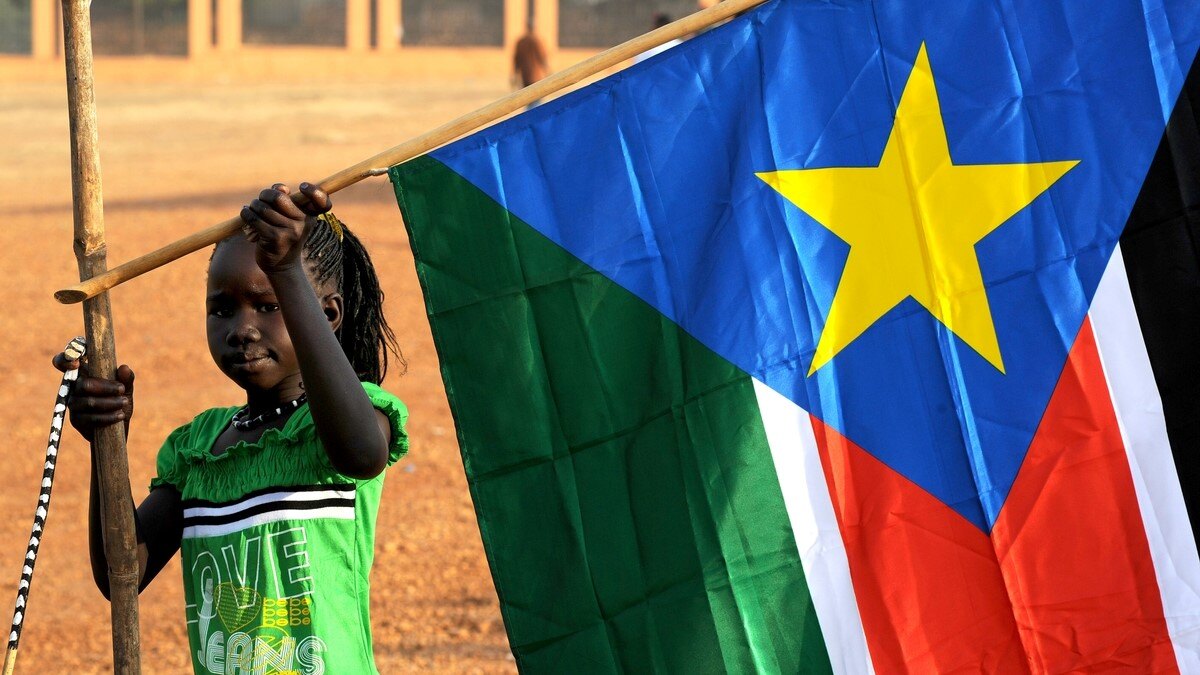At a Glance
- 238 invitations issued on July 24, 2025, under Quebec’s new Skilled Worker Program.
- Priority given to candidates with French level 7+ and regional job offers outside Montreal.
- Applicants targeting Montreal-based jobs now face stricter criteria or possible exclusion.
This article explains how the new rules were applied in practice, who received invitations, and what immigrants must do to improve their chances under this system. If you're applying through Arrima, this real-world data is essential to shape your strategy.
Context: Quebec’s Immigration Reform and First Draw Results
Following the regulatory changes announced by MIFI on June 26, Quebec conducted its first draw under the revised criteria on July 24, 2025. These updates introduced a more selective scoring model, emphasizing French proficiency, regional job offers, and labour market alignment.
In its first draw under the new rules, Quebec issued 238 invitations to candidates who:
- Had a validated job offer outside the Montreal Census Metropolitan Area (CMA)
- Demonstrated a French proficiency of at least level 7 (equivalent to CLB/NCLC 7)
- Belonged to occupations that meet regional labour shortages
This marks a significant departure from the previous system, which primarily used a points grid without weighting job location or French ability as heavily. The new structure prioritizes economic integration in regions outside Montreal, where labour shortages are acute and the use of French remains strong.
Compared to past draws, which often exceeded 500 invitations, this reduced number signals Quebec’s intention to focus on quality over quantity.
Implications for Immigrants: Who Gains, Who Risks Losing Out
This program reconfiguration brings both opportunities and challenges for prospective immigrants to Quebec.
Who Benefits:
- Francophone immigrants with strong French test results.
- Applicants are ready to settle outside Montreal, especially in rural or under-served areas like Saguenay, Bas-Saint-Laurent, Gaspésie, and Abitibi-Témiscamingue.
- Skilled workers in high-demand fields like health care, construction, and IT with validated job offers.
Who May Be Left Behind:
- Candidates with limited French skills or outdated test results.
- Individuals targeting jobs in Montreal, which is now deprioritized unless exemptions apply.
- Applicants relying solely on general education and work experience points, without tying their profile to current labour demands.
The move aligns with Quebec’s immigration cap goals, regional development strategy, and language preservation mandate. In 2024, the province announced that it would gradually shift its immigration focus toward those who speak French and meet economic priorities, rather than prioritizing overall volume.
Broader Policy Impact: Regionalization and Language as Gateways
This draw reflects Quebec’s political and cultural positioning within Canada’s broader immigration framework. While the federal system (Express Entry, PNPs) allows for wider distribution across provinces, Quebec exercises its own selection powers under the Canada–Quebec Accord.
Strategic Goals of the New System:
- Support demographic and labour force needs in smaller regions facing population decline.
- Reduce concentration of newcomers in Montreal, which absorbs over 70% of Quebec’s immigrants.
- Strengthen the French linguistic fabric across the province amid growing concerns over anglicization.
MIFI’s new selection grid considers job location, French proficiency, and whether an applicant holds a job offer in a high-demand field. This marks a pivot to a “targeted and managed” immigration stream that prioritizes economic and social integration.
Employers in Montreal may need to adjust by:
- Exploring alternative immigration programs (e.g., federal pathways or intra-company transfers).
- Expanding recruitment efforts to rural sites or establishing satellite offices in eligible regions.
- Offering stronger relocation support for candidates willing to settle outside the CMA.
Strategic Recommendations for Applicants
For immigrants interested in settling in Quebec, preparing for the new system requires proactive adjustments:
1. Achieve the Required French Level
Ensure your test results meet or exceed CLB/NCLC 7. Tests such as TEF Canada or TCF Canada must be recent and valid (within two years).
2. Secure a Validated Job Offer
Focus on job postings in eligible regions. Employers must validate the offer through MIFI’s official process, ensuring the position contributes to Quebec’s labour priorities.
3. Update Your Arrima Profile
Make sure your profile reflects:
- Accurate language test scores
- Regional job offer (outside Montreal)
- NOC code aligned with in-demand sectors
4. Track Program Updates
Stay informed by monitoring official sources like quebec.ca. Quebec’s new draw system will likely evolve, with changes in eligible regions or occupational priorities.
Immigrants can also explore alternative pathways, including the Francophone Mobility stream at the federal level or the PEQ (Québec Experience Program) if already working or studying in Quebec.
Insights for Employers: What This Means for Recruitment
The policy introduces both compliance and talent acquisition challenges for Quebec employers, especially those located in the Montreal region. Under the new program, employers must:
- Validate job offers through the proper channels, following regional eligibility rules.
- Prepare for additional scrutiny if recruiting for roles based in Montreal.
- Understand how language and location influence an applicant’s eligibility and selection score.
Employers outside the CMA stand to benefit by gaining priority access to a new pool of highly qualified, French-speaking candidates. Those in Montreal may need to coordinate with immigration professionals or consult the Arrima employer portal to identify eligible job codes and hiring strategies.
Quebec’s new Skilled Worker Selection Program represents a clear shift toward language-based, region-focused immigration. Immigrants with strong French and ties to rural Quebec stand the best chance of being selected. For others, this is a critical moment to reassess goals, language training, and job search strategies.
Not sure how these changes affect you? Take a free assessment with AskAïa to explore your best immigration options and ensure you stay on track.

Let’s get your demo started
Book a demo
You May Also Like
These Related Stories

Quebec Tightens Immigration Rules: What Students & Workers Can Do
Quebec’s stricter immigration rules make it harder for low-wage workers and international students, with LMIA suspensions and a 20% enrolment cut. But …

Canada Expands Sudanese Refugee Program Amid Quebec Restrictions
In response to Sudan’s humanitarian crisis, Canada is increasing its refugee intake, aiming to resettle 10,000 Sudanese refugees, including 4,000 gove …

Quebec Cuts International Student Enrolment by 20%
Quebec has announced a 20% reduction in international student enrolment for post-secondary institutions in 2025. This change will impact thousands of …
